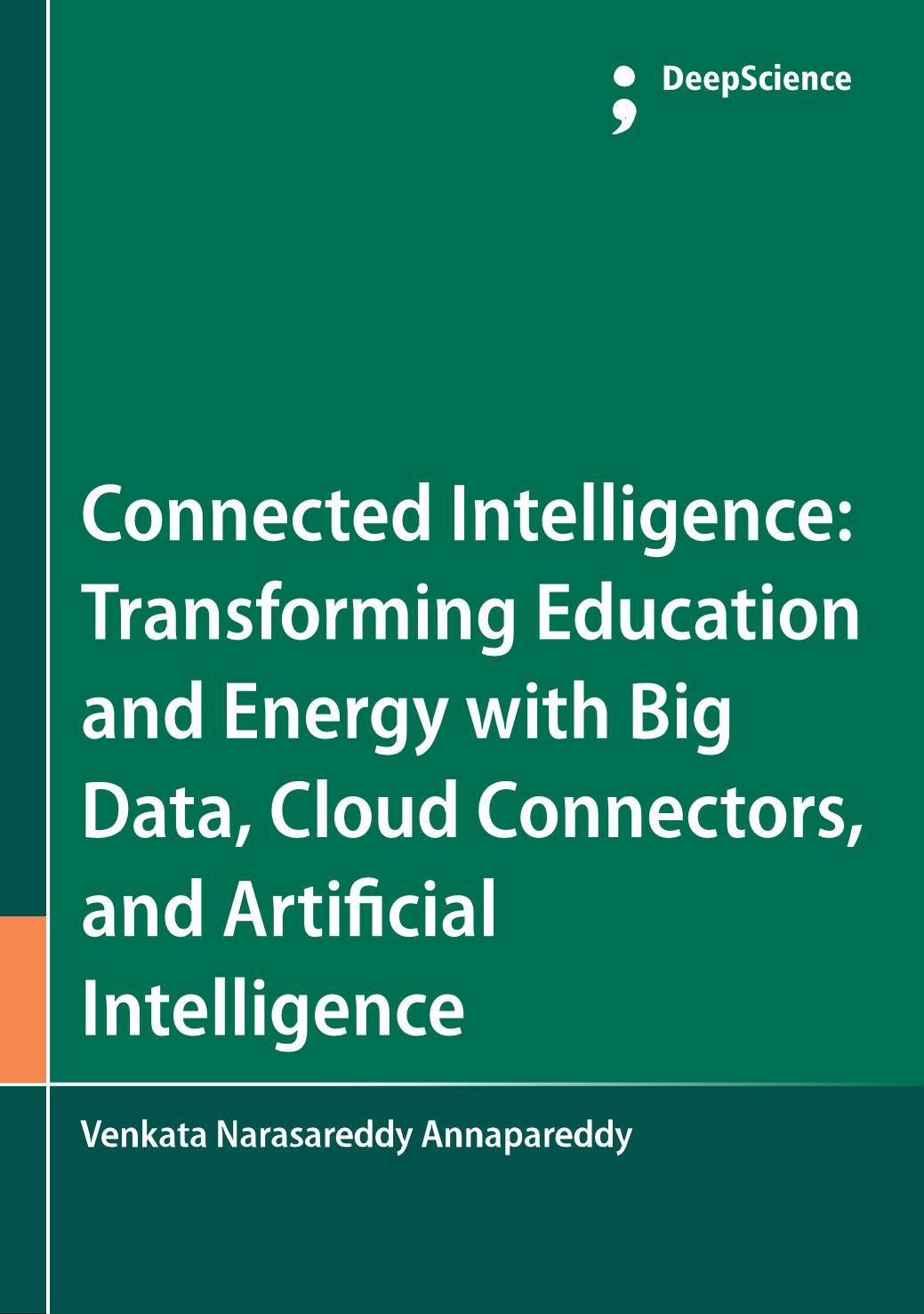Enhancing energy efficiency and sustainability in educational institutions through the use of smart grids, IoT, and artificial intelligence-enabled monitoring systems
Synopsis
How are energy resources being managed in educational institutions? Conversely, how are they being wasted? Proposed reductions in electricity consumption within the business and home sectors currently average twenty-three and sixteen percent, respectively. These statistics signal that education, government, and industry may need to take a closer look at consumption in hopes of reducing wastage, thus working towards a more sustainable future. Approximately forty percent of all primary and secondary schools, advanced education centers, and universities are inefficient energy consumers. A vast majority of these and other institutions wishing to assess and work towards becoming more efficient in their use of electricity have a definite need for current information covering opportunities, levels of energy use, and strategies to aid in reducing large levels of wastage.
In 2018, schools had to spend additional costs resulting from inefficiency, energy wastage, and outdated infrastructure. Maintenance and operation alone account for a significant percentage of the total expenses in our schools. The prompt repair and reconstruction of energy-inefficient buildings in educational institutions is a significant investment. To find the technical solutions in an institutional setting, focusing on energy efficiency of the premises through site visits and investigations has two principal goals: reducing energy expenses and increasing the environmental benefits. Major improvements to the educational sectors may be made through the development and organization of such educational seminars.












